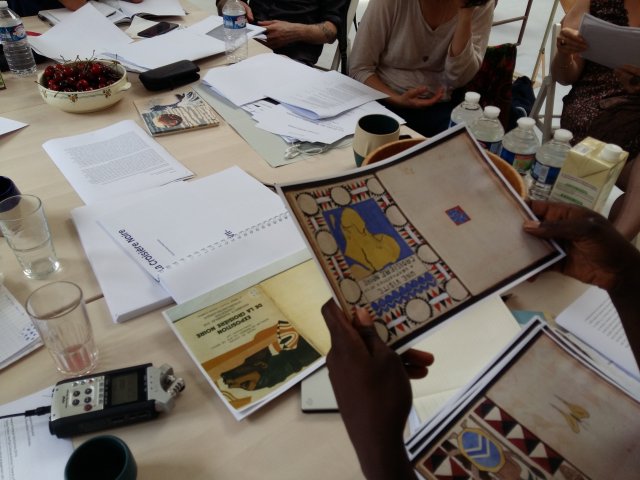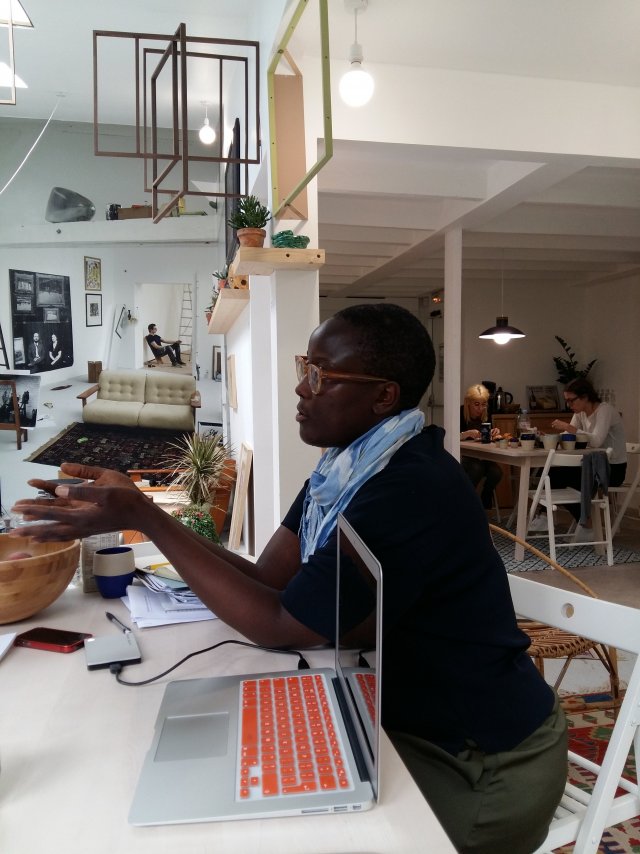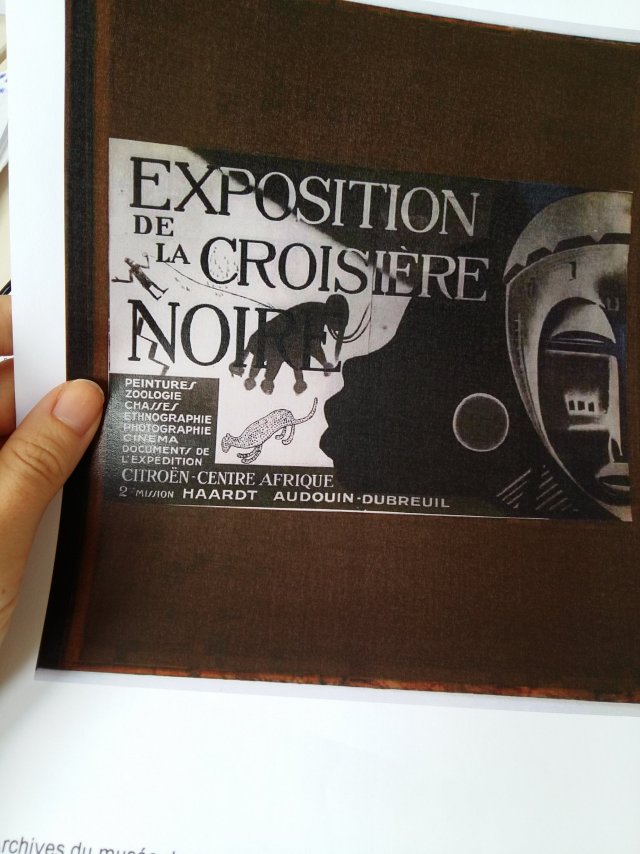Emma Wolukau-Wanambwa / FNAGP Residency 2016
Emma Wolukau-Wanambwa studied Literature at Cambridge University and Art at the Slade School of Fine Art, University College London. She is Director of Research at the Nagenda International Academy of Art & Design (NIAAD) in Namulanda, Uganda and Research Fellow in Fine Art at the National Academy of Art & Design in Bergen, Norway. She is also Convener of the Another Roadmap for Arts Education network’s Africa Cluster. Emma works in a wide range of media, formats and contexts. Recent and upcoming exhibitions and events include: You Must Make Your Death Public (De Appel, Amsterdam, NL), Kabbo Ka Muwala (National Gallery of Zimbabwe, ZW, Makerere University Art Gallery, UG & Kunsthalle Bremen, DE), The Society of Exclusion (tranzitsk Gallery, Bratislava, SK), Greetings To Those Who Asked About Me (Contemporary Image Collective, Cairo, EG), Boundary Objects (Kunsthaus Dresden, Dresden, DE & CA2M Centro de Arte Dos de Mayo, ES) and Giving Contours to Shadows (Savvy Contemporary/Neuer Berliner Kunstverein, Berlin, DE).
Emma Wolukau-Wanambwa is currently researching the roles that representational practices played in European powers’ attempts to advance arguments in favour of colonialism and its perpetuation in Africa right up to - and, indeed during - the liberation struggles of the mid-twentieth century. Her present focus is the archive of La Croisière Noire (The Black Cruise) - the name given to a trip organised by French car manufacturer André Citröen in the course of which eight specially designed motorcars drove 10,000 km from Algeria to Madagascar between 1924 and 1925. The declared aim of La Croisière Noire was to conduct scientific research and to provide medical and humanitarian assistance to so-called “primitive” indigenous Africans. But it was also publicity stunt intended to transform Citroën into a global brand, and to serve as a display of French colonial power – as well as a military mission. Upon the team’s return, the photographs, paintings, drawings, and films that were produced during La Croisière Noire were disseminated widely. Best-selling accounts of the journey were published in a variety of languages; and exhibitions and screenings brought the thousands of artefacts and specimens that the team had collected before to a hungry public, who then often took them home in the form of souvenirs.
WORKSHOP - RETURN TO THE CROISIÈRE NOIRE (THE BLACK CRUISE)
Wednesday June 8th, 2pm-7pm at the Villa Vassilieff
A workshop with Emma Wolukau-Wanambwa (artist) and Sarah Frioux-Salgas (archivist, Quai Branly Museum)
Currently in residency at FNAGP, a program in which Villa Vassilieff is involved, Emma Wolukau-Wanambwa will share her early research into the archive of the Croisière Noire (the Black Cruise) and into some of the different scenarios that have marked the dissemination of images and objects collected during this major commercial and colonial enterprise. This workshop, which will be held at Villa Vassilieff on Wednesday 8 June, will focus in particular on the La Croisière Noire exhibition that took place at the Louvre Museum in 1926. In addition to photographic documentation and journalistic accounts, there exists, in the collection of the Musée du Quai Branly, a set of reports by schoolchildren who were taken to see this exhibition. The aim of this workshop will be to explore what can be learned from these essays about the exhibition itself, its scenography and its mode of address, and also to consider the ways in which both the exhibition and French education at that time sought to induct these young people into the role of colonisers. How does the gaze of schoolchildren in 1926 allow us to read this event in the present?

- Working documents for the project "La Croisière Noire" (the Black Cruise) by Emma Wolukwau Wanambwa, June 2016. Credits : Emma Wolukwau Wanambwa & Villa Vassilieff.

- Emma Wolukau Wanambwa, during the workshop "Focus on La Croisière Noire", June 2016. Credits : Emma Wolukau Wanambwa & Villa Vassilieff.

- Working documents for the project "La Croisière Noire" (the Black Cruise) by Emma Wolukwau Wanambwa, June 2016. Credits : Emma Wolukau Wanambwa & Villa Vassilieff.
Share